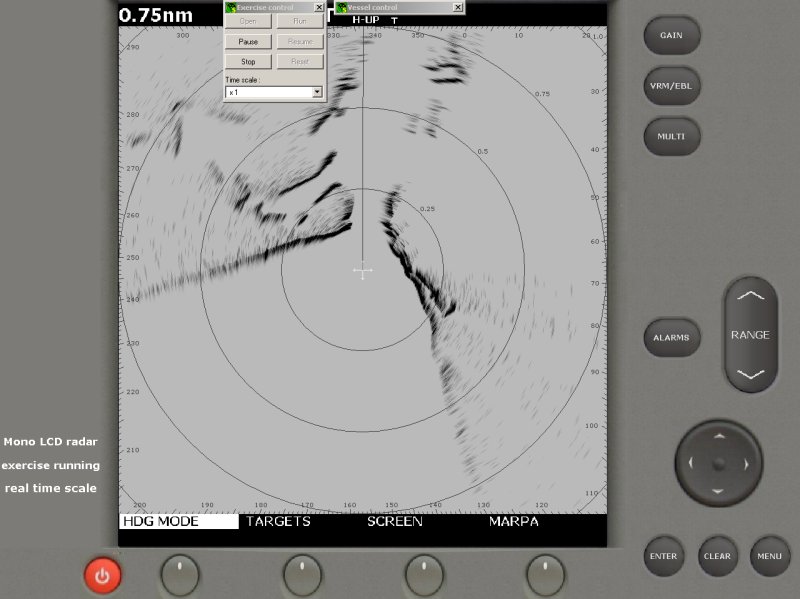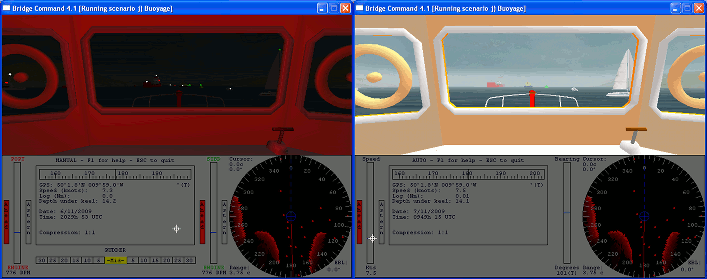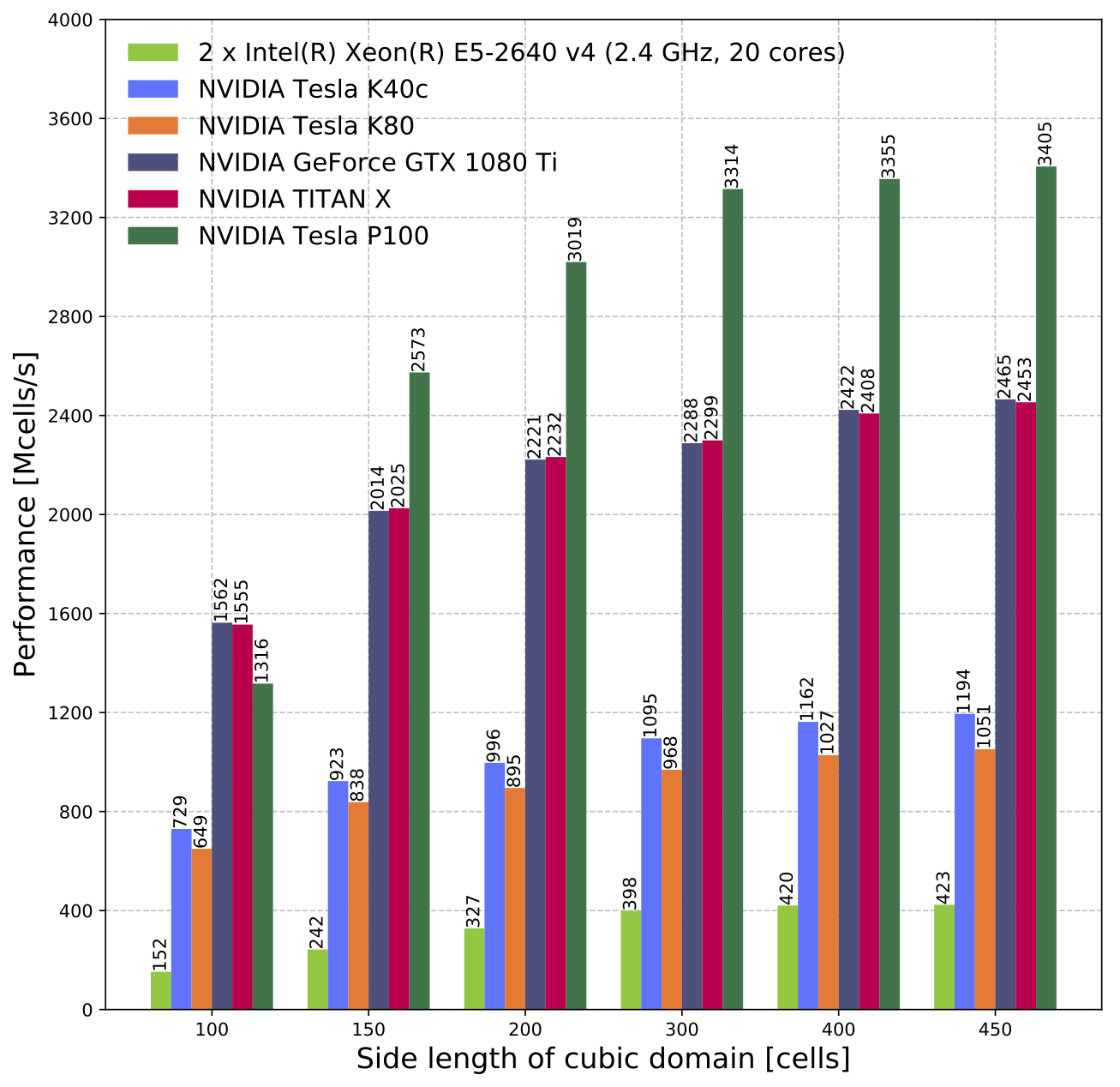

Received power values also were derived from the example data and compared with the output of a multifunction radar simulator ADAPTMFR. Example output data were used to derive propagation factor values, which were then compared with the output of the TERPEM commercial software package. A complete description of the physical models used in the simulation and their mathematical implementation is presented. The output of the simulation is designed for combination with the output of clutter and signal processor simulations so that target detection in clutter can be examined. The modeled radar system uses a phased array antenna and has the ability to vary the parameters of the transmitted waveform from burst to burst. The simulation was designed as a component of a larger simulation aimed at determining the detection performance of radar operating in clutter conditions. Using newer test and measurement equipment, like the Keysight M3302A, provides a flexible platform that you can develop immediately with minimal integration time/costs.This report describes a high-fidelity simulation of the received signals produced by a low pulse repetition frequency shipborne pulsed Doppler radar when observing a sea-skimming anti-ship missile moving through precipitation above the sea. Purchasing a specific, custom radar target simulator may seem like a worthwhile investment given the lower development costs, but costs associated with the creation of the DSP and integration of all the necessary hardware is high.


The cost of acquiring deployable components to create a radar target simulator might be low, but the high cost of self integration, calibration, time, effort, and accuracy to develop the appropriate target simulator tests increases the total solution cost. It’s critical to adopt a flexible, commercial off-the-shelf (COTS) architecture to solve modern radar target simulation needs.

The window of time to test radars to combat new threats is drastically shrinking. Newer radar test system requirements are driving wider bandwidths, more channels, phase coherency, and lower latency.


 0 kommentar(er)
0 kommentar(er)
